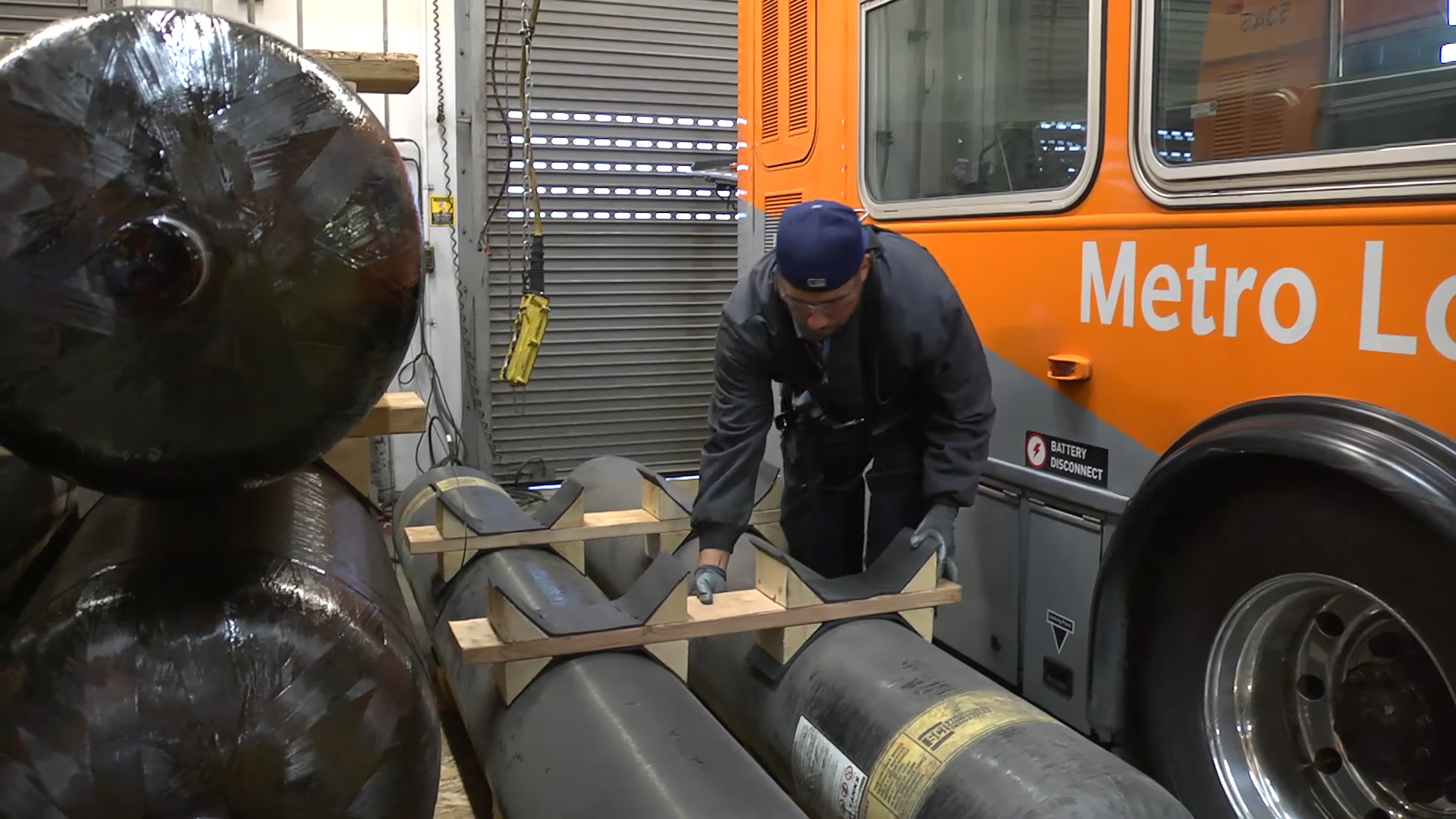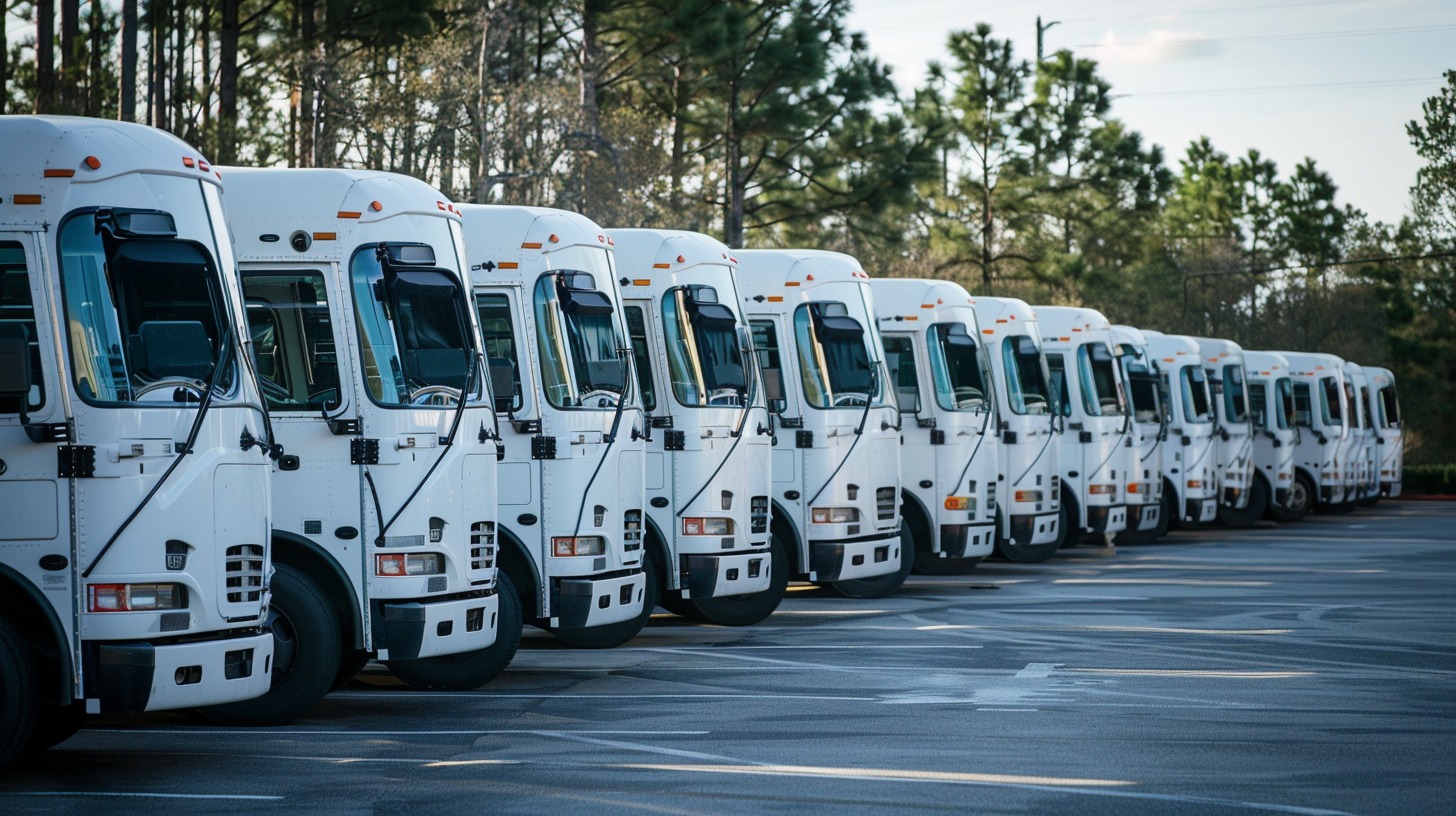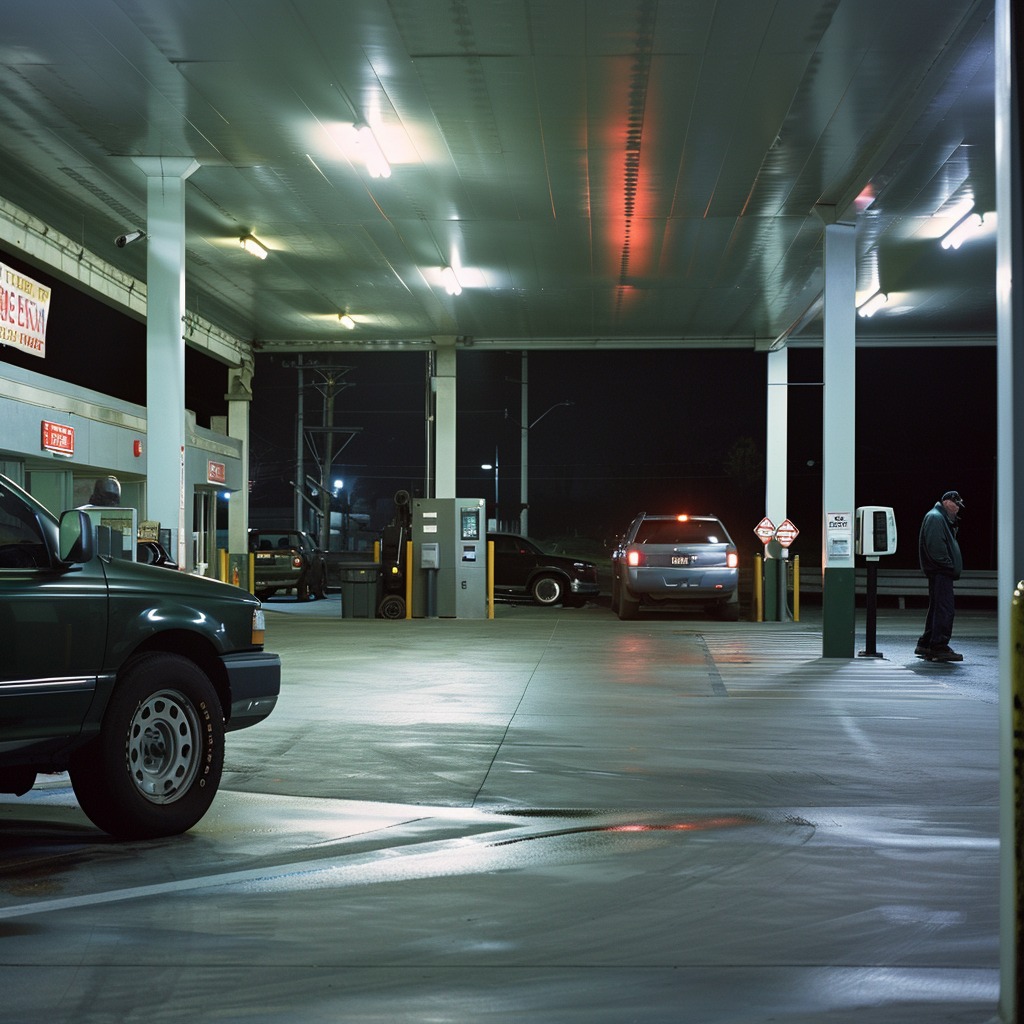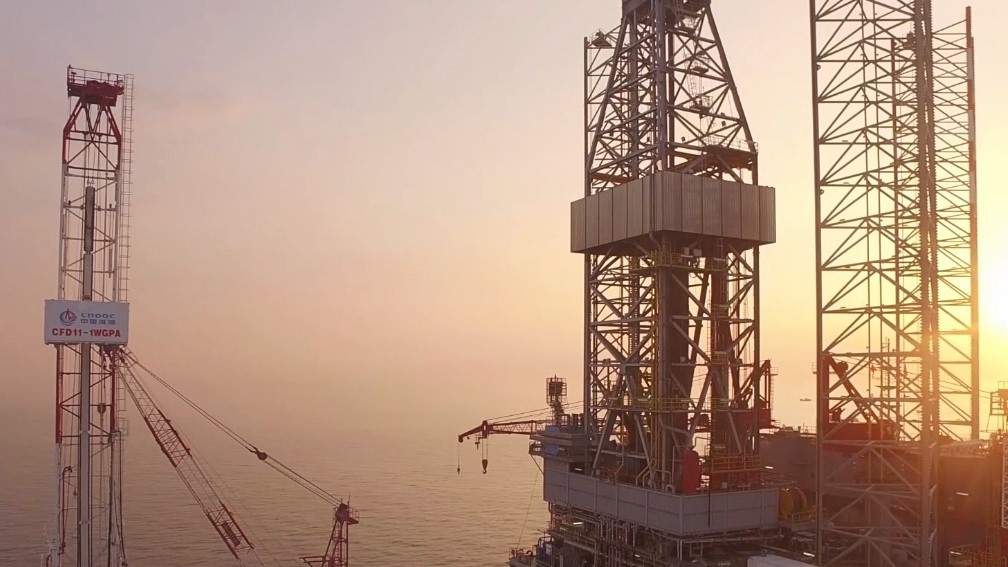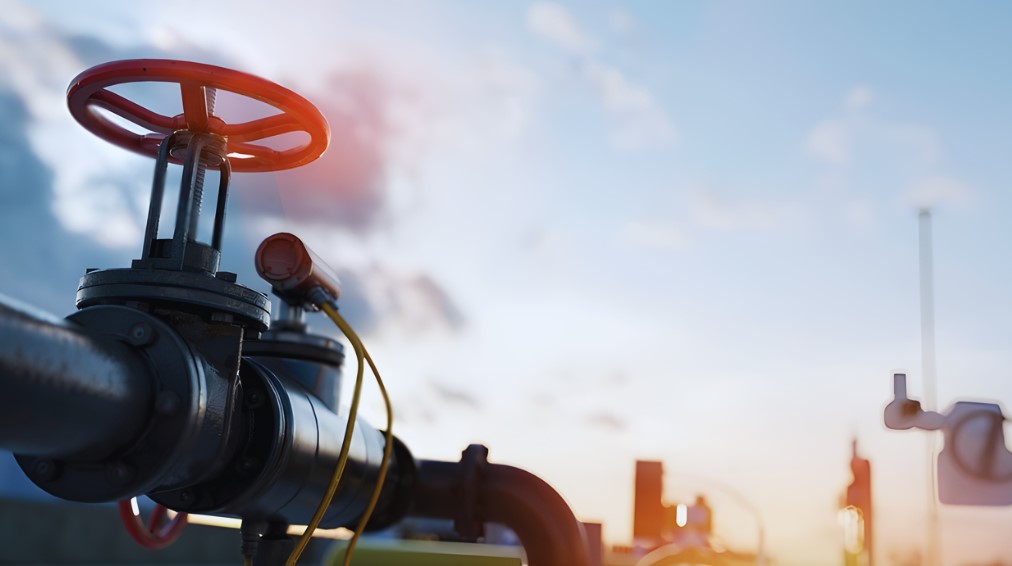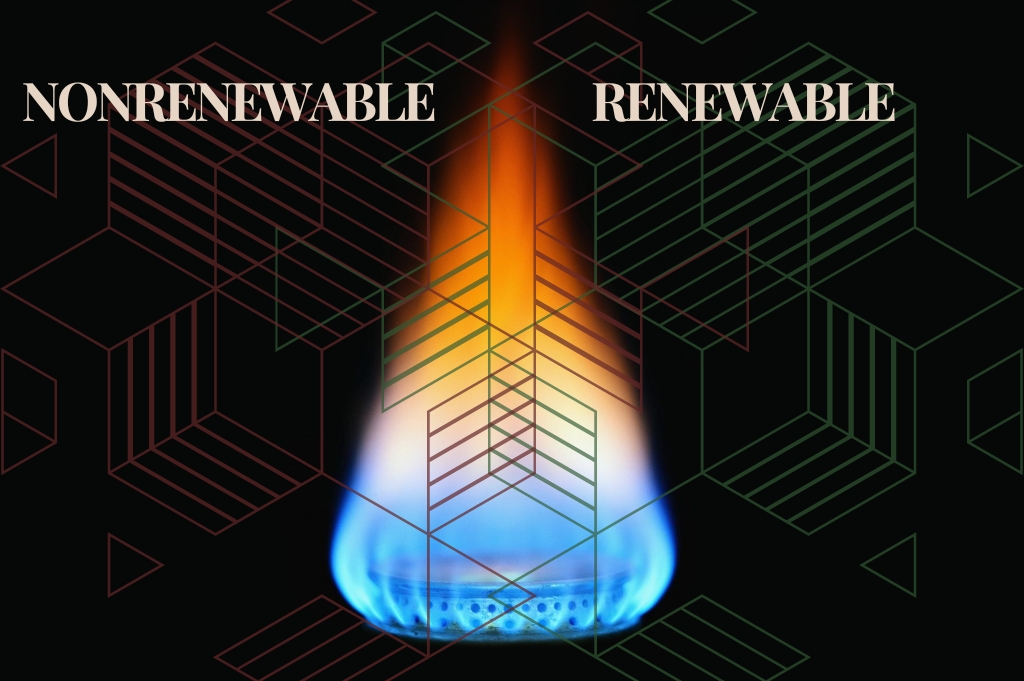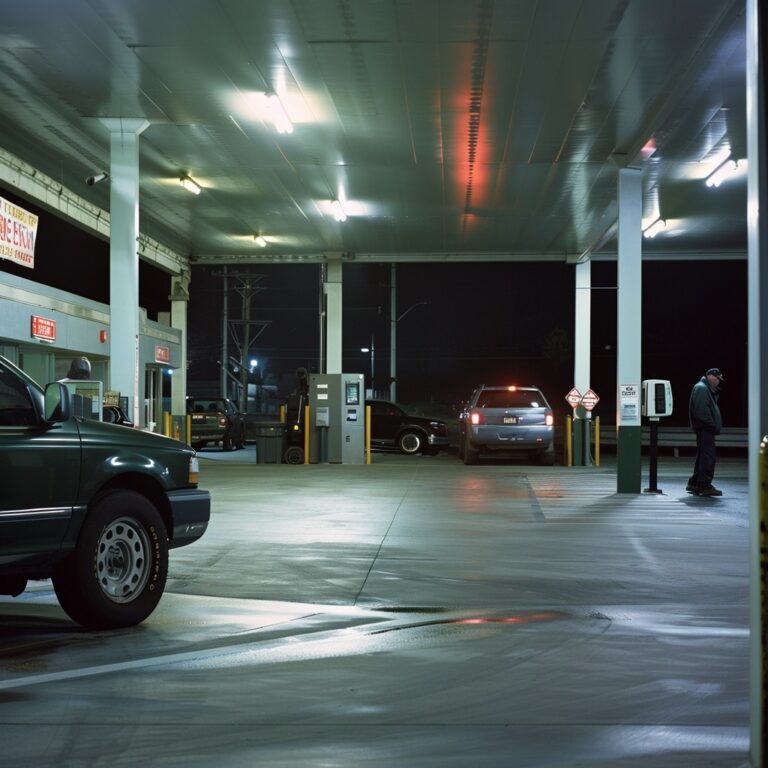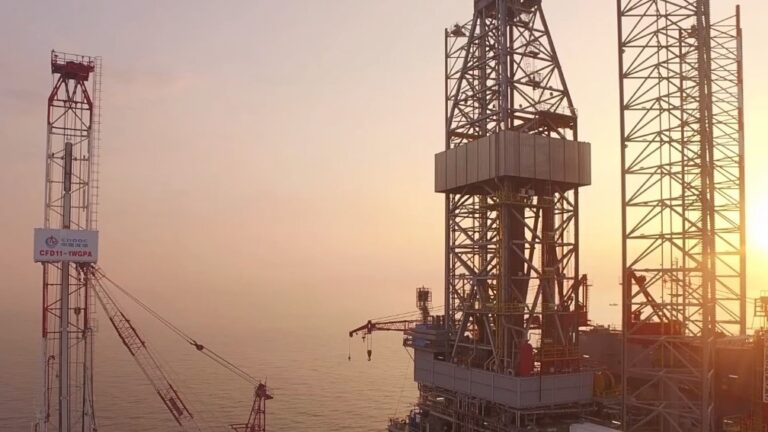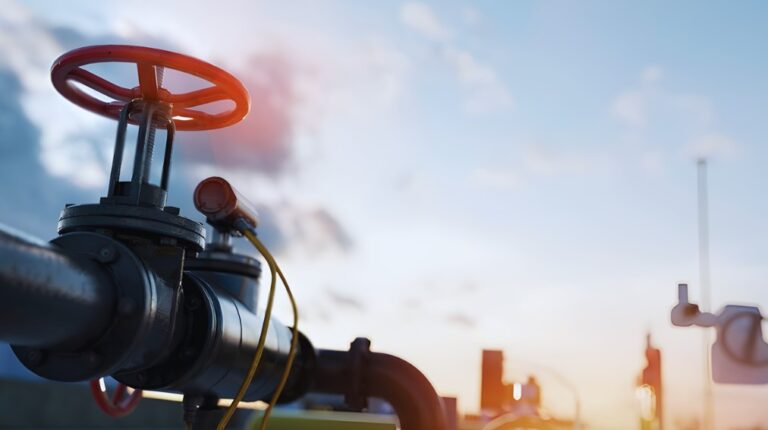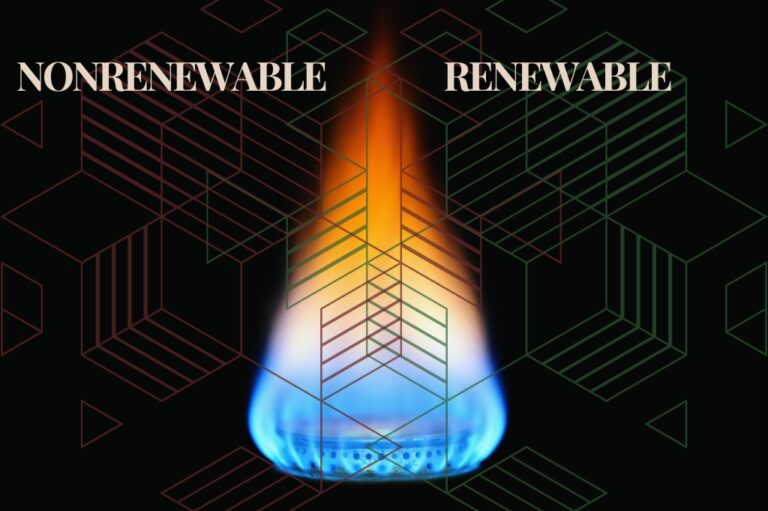CNG vehicles are becoming more popular in the alternative fuels sector.
This is due to factors like Cummins’ latest X15N engine, big logistics companies adopting CNG vehicles, the rise of renewable natural gas (RNG), and more natural gas fueling stations being available.
However, it’s crucial to know what steps to take when retiring these vehicles.
Here are some important points on how to defuel and decommission a natural gas vehicle (NGV).
Establishing a Written Procedure
Trucking, refuse collection, buses—varied configurations exist for fuel systems, storage cylinders, maintenance, and decommissioning procedures across vehicle type
It’s imperative for a natural gas fleet to develop a broad, written procedure detailing how technicians will correctly defuel and decommission each vehicle type.
Knowledge and Equipment
Proper training and equipment are crucial for technicians handling natural gas fuel systems and engines.They must be fully trained on all components involved.
This includes having the necessary equipment for defueling, such as a vent-back-to-station system connected to a natural gas station or a compliant vent stack, which can be standalone or attached to a building, each with its own set of requirements.
Depressure
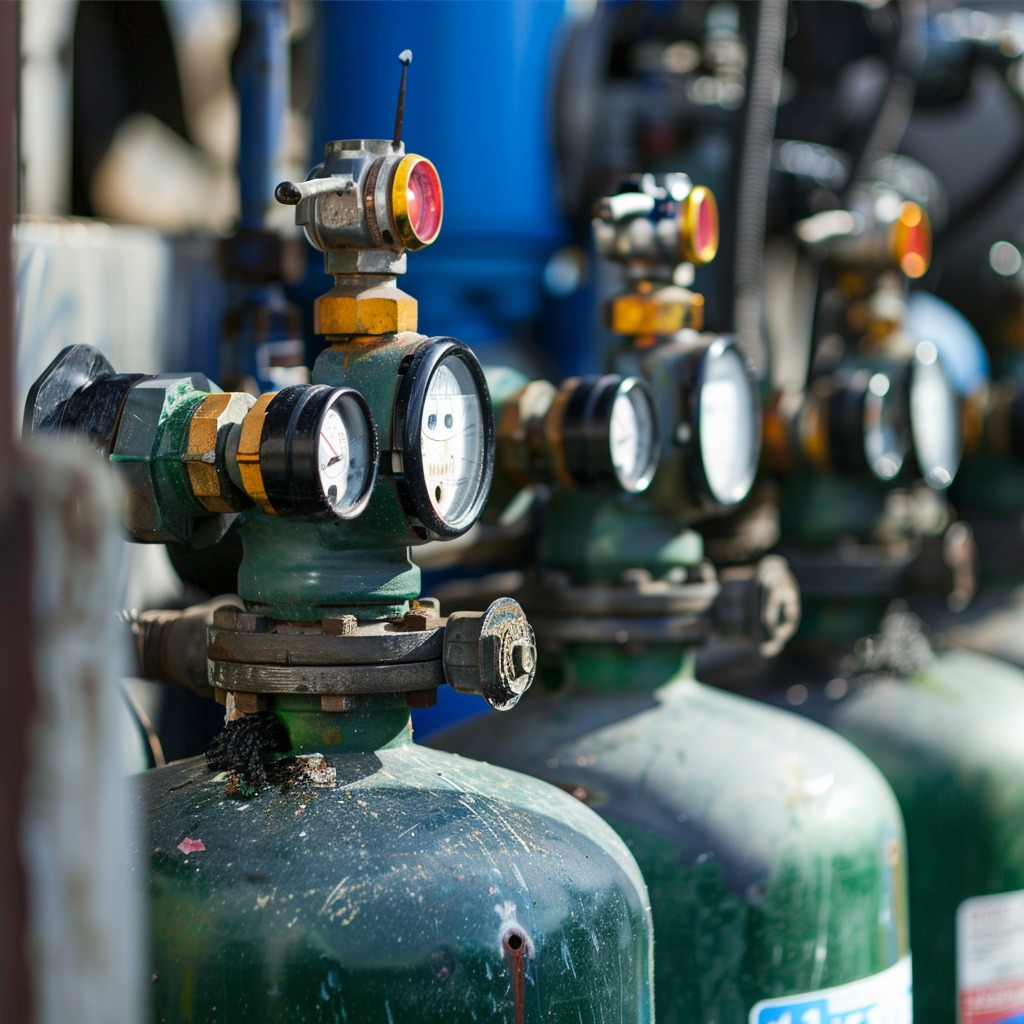
Depressurizing natural gas vehicle cylinders is essential before defueling.
The method varies based on the type of cylinder valves installed—manual, electro-mechanical, or electric.
Reselling or Dismantling
Your documentation should outline how you intend to address the natural gas fueling system before selling or disposing of a vehicle.
You can either sell or auction the vehicle while it’s operational, or opt to remove its natural gas components if you’re concerned about potential risks for the next owner.
It’s important to note that in the event of any incident involving a natural gas vehicle, all parties associated with that vehicle can be held liable, regardless of their involvement.Where can you Defuel?
Defueling an NGV should always occur outdoors for safety and code compliance.
It must include earth grounding measures.
Specialized fire extinguishers should be readily available for those conducting the service, and proper training is essential to ensure the safety of everyone involved.
Procedure for Defueling Multiple Cylinders in an NGV
When defueling a vehicle with multiple cylinders, follow this process:
- A technician should open one cylinder valve only, allowing fuel to flow to the defuel vent equipment.
- If available, a high-pressure gauge should display the actual cylinder pressure. (Note: these gauges aren’t mandated by code.)
- If pressure isn’t displayed, the valve may be stuck closed. The technician should also listen for an audible sound as fuel flows, which will fade as pressure decreases.
- After defueling the first cylinder, the technician should open the next cylinder valve simultaneously with the first.
- The high-pressure gauge will display the pressure in both cylinders. Increased fuel flow noise indicates proper movement through the second valve.
- Audible fuel flow may be influenced by pressure relief devices (PRDs). Cylinders with a PRD manifold connecting two or more cylinders will produce minimal change in flow noise.
- As fuel passes through the valves and lines, they should become cool or cold to the touch, depending on fuel volume.
- Repeat this process for all other cylinders until no pressure remains. Then, the high-pressure connection can be disconnected.
Fuel Transfer versus Defueling in Natural Gas Vehicles
When transferring fuel between vehicles, it doesn’t equate to defueling a natural gas vehicle, although it does reduce pressure.
Complete defueling requires following the designated procedure.
Purging Defueled Natural Gas Cylinders
After defueling and before disposal, CNG cylinders must undergo purging using water or an inert gas like nitrogen. Specific procedures govern this process.
Key Safety Points
- Never leave a vehicle unattended during depressurization or defueling.
- Always wear eye protection and the appropriate PPE (personal protective equipment).
- Verify that all cylinders of the vehicle are depressurized before proceeding.

